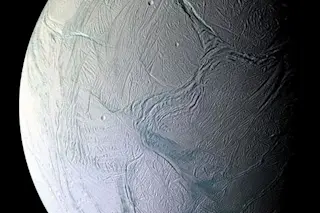A comparison of the Sun as seen by the Hinode satellite during minimum and maximum parts of the Sun's 11-year cycle. (Source: NASA Marshall Space Flight Center) Here at ImaGeo, I love posting big, beautiful images of the Sun in all its fiery glory. So when I saw the composite of two images above, there was just no way I could resist — and not just because the colors and patterns are so dang pretty. The before and after composite reveals something I've never seen demonstrated so dramatically before: the Sun's split personality. (And by the way, make sure to click on it, and then click again to zoom in close.) The Sun as seen on the left is showing its relatively cool, calm and collected personality, which takes hold during the low point in its 11-year cycle. In this image, you're seeing the Sun as it looked about 10 ...
Eerily beautiful images captured 10 years apart reveal the Sun's shocking split personality
Explore the Sun's 11-year cycle through Hinode satellite images showcasing its dramatic transformation from calm to solar maximum activity.
More on Discover
Stay Curious
SubscribeTo The Magazine
Save up to 40% off the cover price when you subscribe to Discover magazine.
Subscribe













